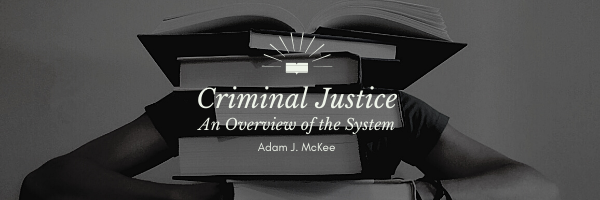[Go to the Text Section | Index]
Assign This Section
Reading Assignment for Section 1.5
Read the following subsection from our online textbook: Section 1.5: The Criminal Justice Process (Continued).
What You Will Learn
In this section, you’ll explore the various steps of the criminal justice process and understand how discretionary decisions influence case flow. You’ll learn about bail, the differences between jury and bench trials, and why criminal trials are adversarial. Additionally, you’ll delve into common criminal sentences, the appeals process, and the “funnel” analogy for the criminal justice process.
Student Learning Outcomes for Section 1.5
- SLO 1: Explain the purposes and consequences of pretrial detention and bail, and analyze how judicial decisions in this stage affect defendants’ outcomes.
- SLO 2: Evaluate the advantages and disadvantages of plea bargaining and discuss its impact on the efficiency and fairness of the criminal justice system.
- SLO 3: Describe the stages and procedures of a criminal trial, including the roles of the prosecution, defense, and fact-finders, and explain the significance of the burden of proof.
- SLO 4: Identify key components of sentencing and appellate review, and assess how sentencing guidelines and legal errors influence outcomes in criminal cases.
- SLO 5: Summarize the goals of the corrections system and the challenges associated with reintegration after release, including the role of parole and the implications of the criminal justice funnel.
Slide Presentations
Present from the web:
View on Google Slides [For Download/Printing]
Download a Printable Vocabulary Study Guide [PDF]: Intro_Section_1.5
Study Flashcards for this vocabulary on Cram.com.
Last Updated: 04/14/2025
